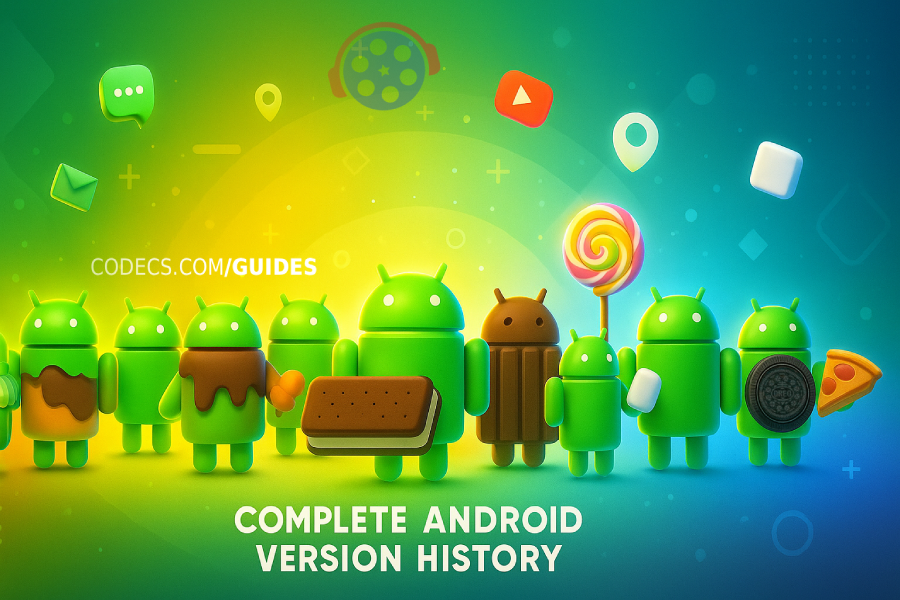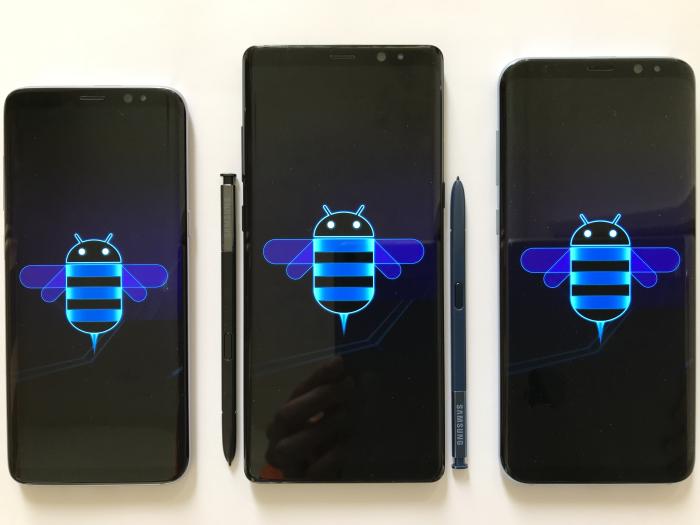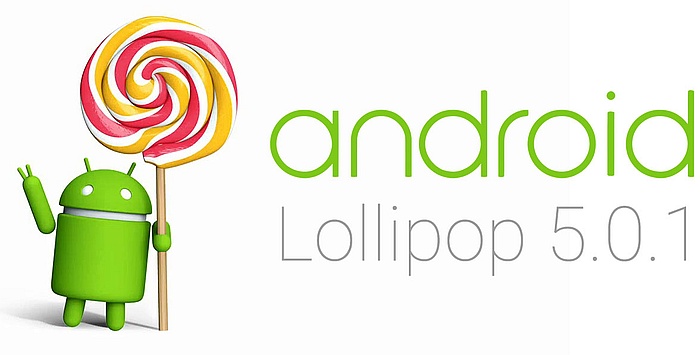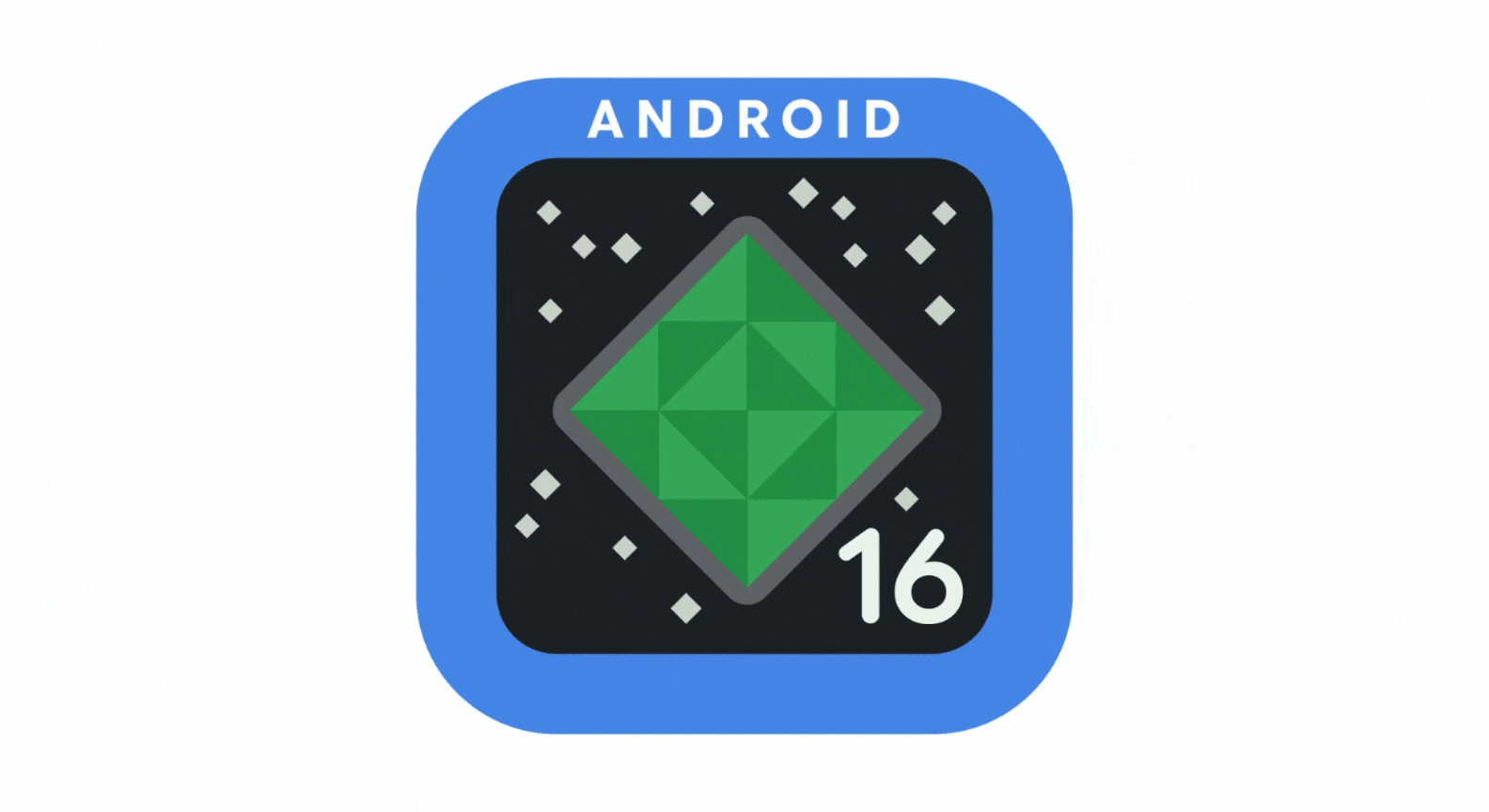Since its commercial debut in 2008, Android has evolved through 16 major versions, transforming from a basic mobile OS into the world's most popular operating system.
Understanding this evolution helps you make smarter device purchases, assess upgrade value, and determine device longevity.
The Early Foundation (2008-2010)
Android 1.0 (September 2008)
The original Android launched on the HTC Dream (T-Mobile G1), introducing the Android Market (now Google Play), Gmail integration, Google Maps with Street View, and a web browser.
Basic features included folders, notifications, and YouTube playback.
Legacy Value: Historical interest only—no modern app support.
Android 1.1 (February 2009)
A minor update for HTC Dream that added business details in Maps and attachment saving in messages.
Purchase Consideration: Obsolete for any practical use.
Android 1.5 Cupcake (April 2009)
First dessert-named version introducing third-party keyboards, widgets on home screens, and video recording.
Added auto-rotation and copy-paste in browsers.
Compatibility: Too outdated for modern applications.
Android 1.6 Donut (September 2009)
Brought voice search, multi-lingual speech synthesis, and CDMA network support.
Improved camera access and introduced the Android Market screenshot feature.
Device Reality: Any device stuck here is obsolete.
Android 2.0/2.1 Eclair (October 2009-January 2010)
Major upgrade with multiple account sync, Microsoft Exchange support, Bluetooth 2.1, live wallpapers, and improved Google Maps.
Added flash support and digital zoom to cameras.
Current Status: Completely unsupported—avoid any devices on this version.
Android 2.2 Froyo (May 2010)
Introduced USB tethering, Wi-Fi hotspot functionality, Adobe Flash support, and Chrome's V8 JavaScript engine for faster browsing.
Apps could install to SD cards for the first time.
Market Value: Zero—hardware this old has multiple obsolescence issues beyond OS.
Android 2.3 Gingerbread (December 2010)
Refined UI design, added NFC support, front-facing camera capability, SIP VoIP calling, and improved power management.
Multiple cameras and WebM video playback supported.
Purchase Warning: Some budget devices still ship with Gingerbread—avoid at all costs.
The Tablet Era (2011-2013)
Android 3.0/3.1/3.2 Honeycomb (February-July 2011)
First tablet-only release with redesigned "holographic" interface, System Bar with notifications, hardware acceleration, and multi-core processor support. Added USB accessory support and resizable widgets.
Historical Note: Never popular; quickly superseded by Ice Cream Sandwich.
Android 4.0 Ice Cream Sandwich (October 2011)
Unified phones and tablets with the Roboto font, face unlock, Android Beam (NFC sharing), improved camera with zero shutter lag, data usage controls, and screenshot capture (Power + Volume Down).
Introduced swipe-to-dismiss for apps and notifications.
Minimum Bar: Still too old for 2025 purchases, but the first version resembling modern Android.
Android 4.1/4.2/4.3 Jelly Bean (July 2012-July 2013)
"Project Butter" brought smooth 60fps UI, expandable notifications, Google Now, multiple user accounts (tablets), lock screen widgets, Bluetooth Low Energy, and 4K resolution support.
Photo Sphere and improved camera UI debuted here.
Practical Limit: The oldest version with some resemblance to current Android, but lacks critical security updates.
Android 4.4 KitKat (October 2013)
Optimized for low-RAM devices (512MB minimum), introduced "OK Google" voice commands, immersive full-screen mode, screen recording, wireless printing, and NFC card emulation. SMS became an open API.
Budget Device Reality: Still found on ultra-cheap devices—only acceptable if extremely price-sensitive and aware of limitations.
The Modern Foundation (2014-2016)
Android 5.0/5.1 Lollipop (November 2014-March 2015)
Major redesign with Material Design language, ART runtime replacing Dalvik, 64-bit support, battery-saving Project Volta, lock screen notifications, Smart Lock, and guest user mode.
Multiple SIM support added.
Historical Importance: Established modern Android's look and performance baseline.
Current Value: Minimum acceptable for feature phones only; lacks essential security patches.
Android 6.0 Marshmallow (October 2015)
Introduced Doze battery optimization, fingerprint authentication API, runtime permissions (granting permissions per-use rather than at install), adoptable storage, USB-C support, and "Now on Tap" contextual search.
Used Device Floor: Absolute minimum for any device purchase—security support ended but represents functional Android baseline.
Android 7.0/7.1 Nougat (August 2016-October 2016)
Multi-window split-screen, bundled notifications, improved Doze, quick settings customization, seamless system updates (A/B partitions), Daydream VR support, and file-based encryption.
Data Saver mode for bandwidth control.
Purchase Threshold: Reasonable for deeply discounted used devices where app compatibility is confirmed.
The Refinement Years (2017-2019)
Android 8.0/8.1 Oreo (August 2017-December 2017)
Project Treble modular architecture (faster manufacturer updates), picture-in-picture video, notification channels, autofill framework, adaptive icons, Google Play Protect, and Android Go for low-RAM devices. Boot time doubled in speed.
Used Market Sweet Spot: Good value for budget-conscious buyers; many apps still support Oreo minimum requirements.
Android 9 Pie (August 2018)
Gesture navigation debut, adaptive battery and brightness, Digital Wellbeing dashboard, app timers, Wind Down mode, improved notifications with smart replies, notch support, and DNS over TLS security.
Practical Minimum: Strong choice for used flagships—mature feature set with reasonable remaining app compatibility.
Android 10 (September 2019)
Dropped dessert names. System-wide dark theme, improved gesture navigation, Focus Mode, enhanced privacy with background location controls, scoped storage, foldable phone support, and Project Mainline for modular updates.
Solid Foundation: Excellent for mid-range new devices and flagship used devices—most modern apps target Android 10+.
The Privacy Era (2020-2022)
Android 11 (September 2020)
Chat Bubbles, built-in screen recorder, one-time permissions, auto-reset for unused app permissions, conversation-focused notifications, wireless Android Auto, and increased Mainline components (21 updatable modules).
Strong Contender: Very acceptable for current purchases; wide app support and good security posture.
Android 12/12L (October 2021-March 2022)
Material You dynamic theming from wallpaper colors, privacy dashboard, camera/mic indicators, scrolling screenshots, one-handed mode, faster performance, and improved large-screen support (12L for tablets/foldables).
Current Standard: Common on 2022-2023 devices; excellent choice with years of support remaining.
Android 13 (August 2022)
Per-app notification permissions, Bluetooth LE Audio with LC3 codec, improved Material You theming, better multitasking, upgraded ART runtime with new garbage collector (reduces memory pressure and jank), and taskbar enhancements for tablets.
Recommended Minimum: Ideal baseline for used device purchases in 2025—strong feature set with active support.
The Latest Generation (2023-2025)
Android 14 (October 2023)
Increased font scaling to 200%, lock screen customization, Ultra HDR photo support, phone-as-webcam functionality, enhanced taskbar for large screens, battery efficiency improvements, and blocks installation of apps targeting pre-Marshmallow APIs (malware prevention).
Current Year Standard: Common on 2024 devices; excellent purchase choice with long support runway.
Android 15 (September 2024)
Reintroduced lock screen widgets for tablets, Google Advanced Factory Reset Protection (anti-theft), improved security measures, and enhanced large-screen optimizations.
Premium Choice: Found on late-2024 flagships; guarantees maximum update support.
Android 16 (June 2025)
Latest version with embedded photo picker, health records integration, Privacy Sandbox, landscape battery icons with internal percentage display, and desktop mode when connected to external displays.
Cutting Edge: Available on Google Pixel devices and select flagships; offers longest support lifecycle.
Version Selection Guide for 2025 Buyers
New Devices:
- Essential: Android 15 minimum
- Ideal: Android 16
- Avoid: Anything launching with Android 14 or older at full price.
Used/Refurbished Devices:
- Safe Bet: Android 13+ (2-3 years support).
- Acceptable: Android 12+ (1-2 years support).
- Risky: Android 11 (expiring support soon).
- Avoid: Android 10 or older (security vulnerabilities).
Budget New Devices:
- Minimum: Android 13
- Target: Android 14
- Red Flag: Any new device shipping with Android 12 or older.
Tablets/Foldables:
- Minimum: Android 12L (large-screen optimizations).
- Recommended: Android 14+
- Optimal: Android 15/16 (desktop mode, widgets).
Making Your Decision
Check these factors:
- Current OS version on the device.
- Manufacturer's update promise (typically 2-5 years).
- Device launch date (older launches = fewer updates remaining).
- Your app requirements (check minimum Android versions).
- Security update schedule (monthly, quarterly, or ended).
Launch date matters as much as version number.
Cross-reference your device's Android version with manufacturer support pages, verify security patch dates in:
Settings > About Phone > Android Version
and ensure your essential apps support the OS version before purchasing.
Download your fave Android APKs and check them with the new APK Checker.
















How to Download HEVC Video Extension for Free
I was skeptical at first, but this really works! Thanks for the post!
Read More →How to Play HEVC Files in VLC Media Player (2...
@VanguardLH You're right, it'll be corrected. Thanks for pointing it out!
Read More →How to Fix EAC3 Audio Not Supported in MX Pla...
Thanks the only solution ever worked for me
Read More →